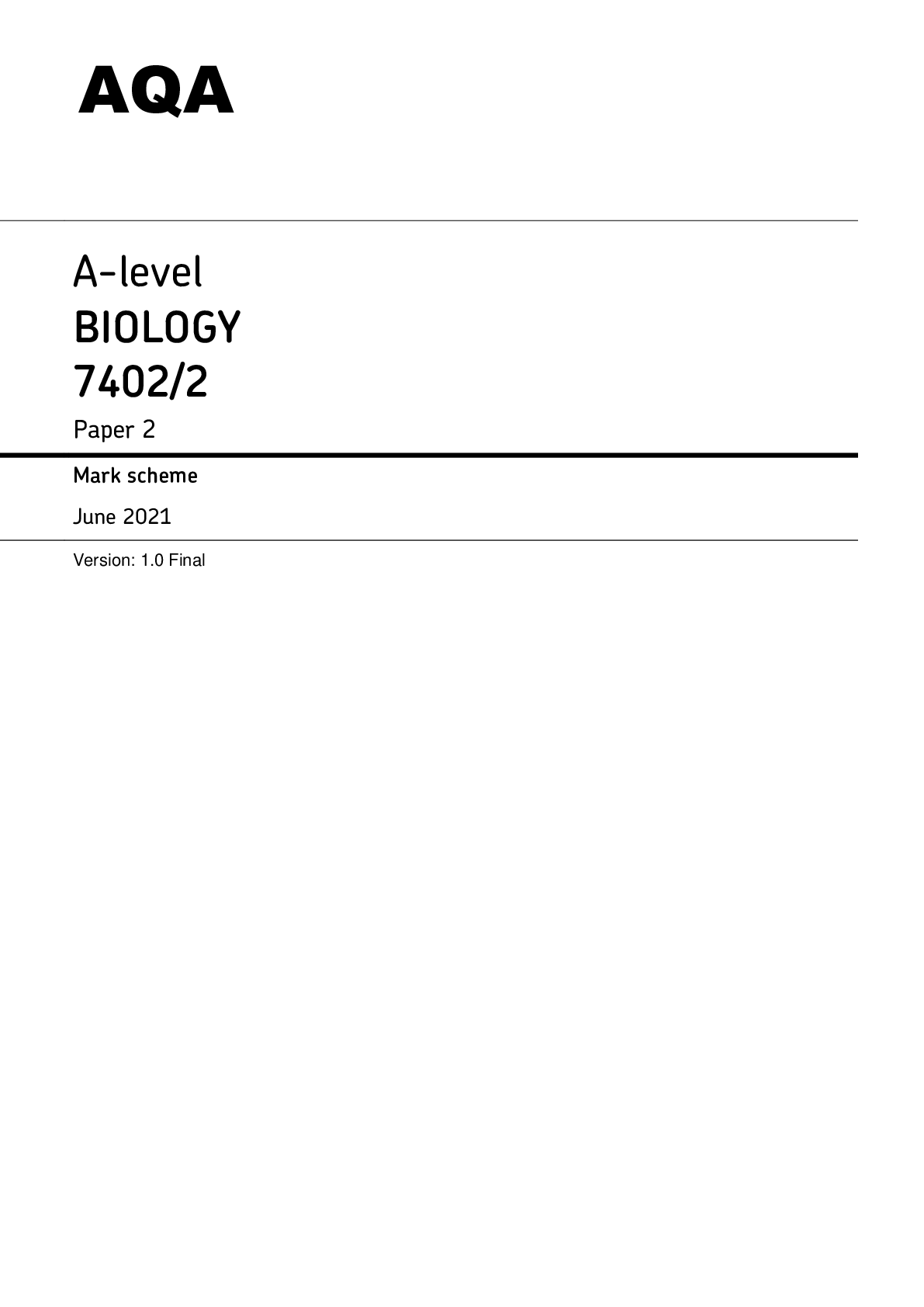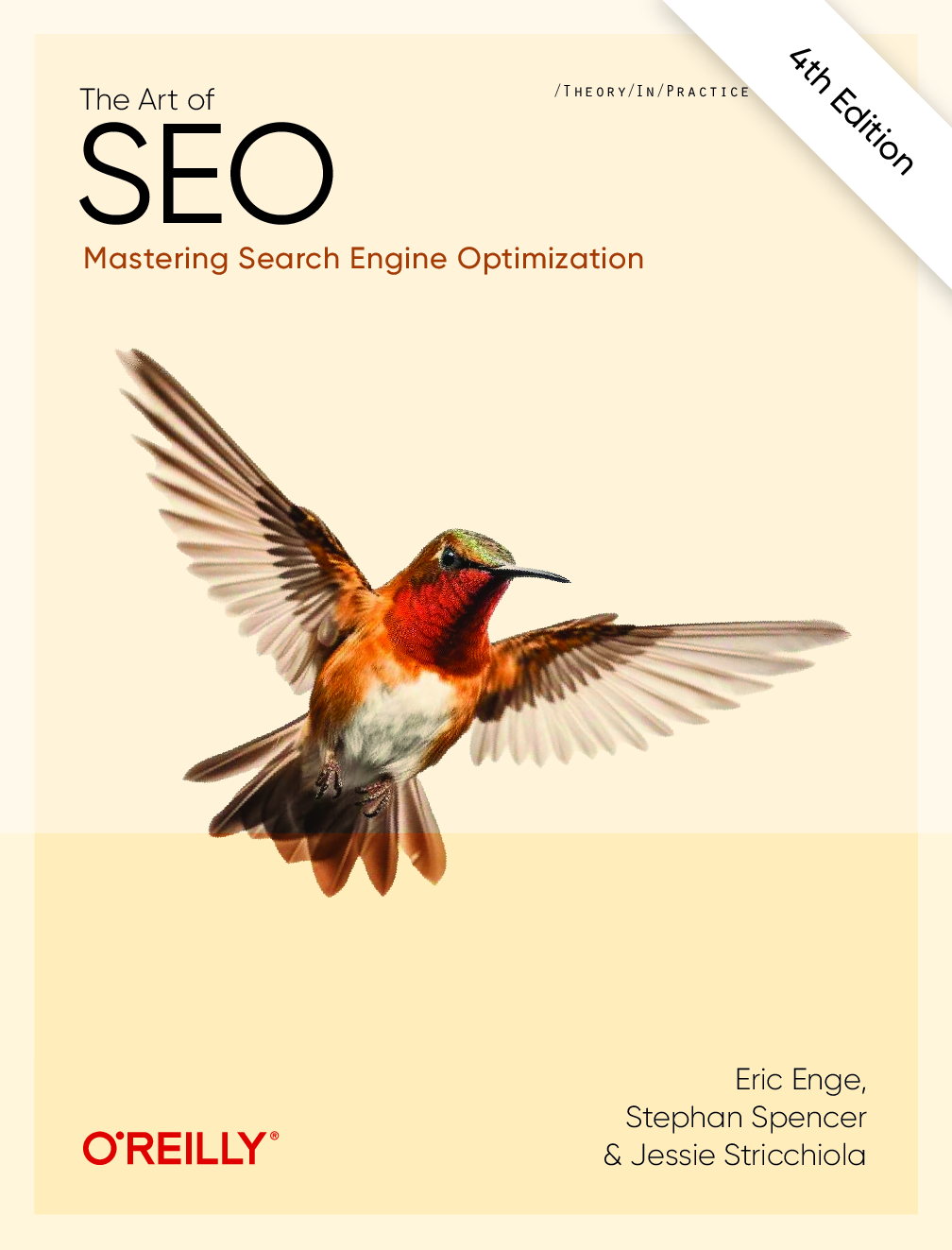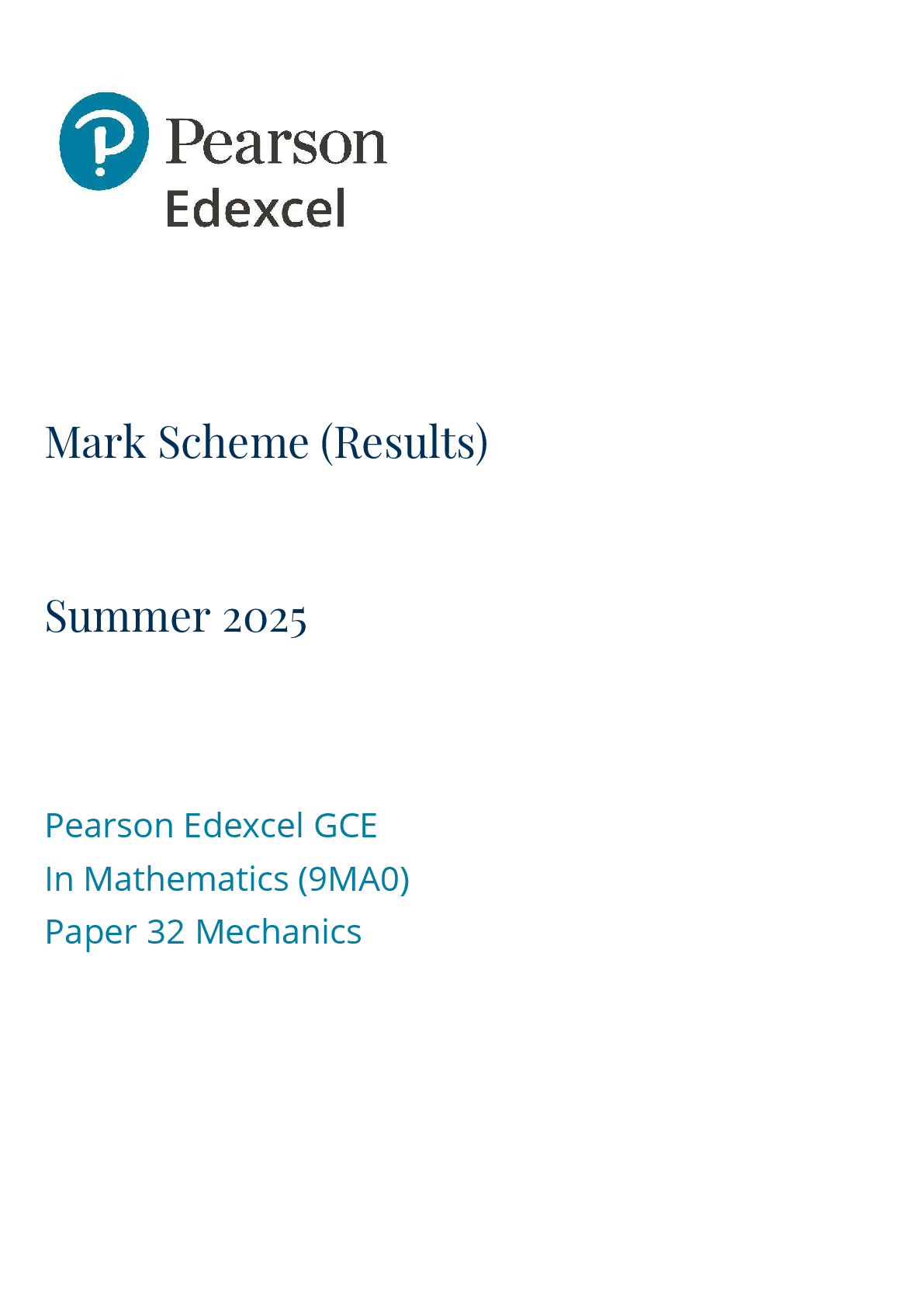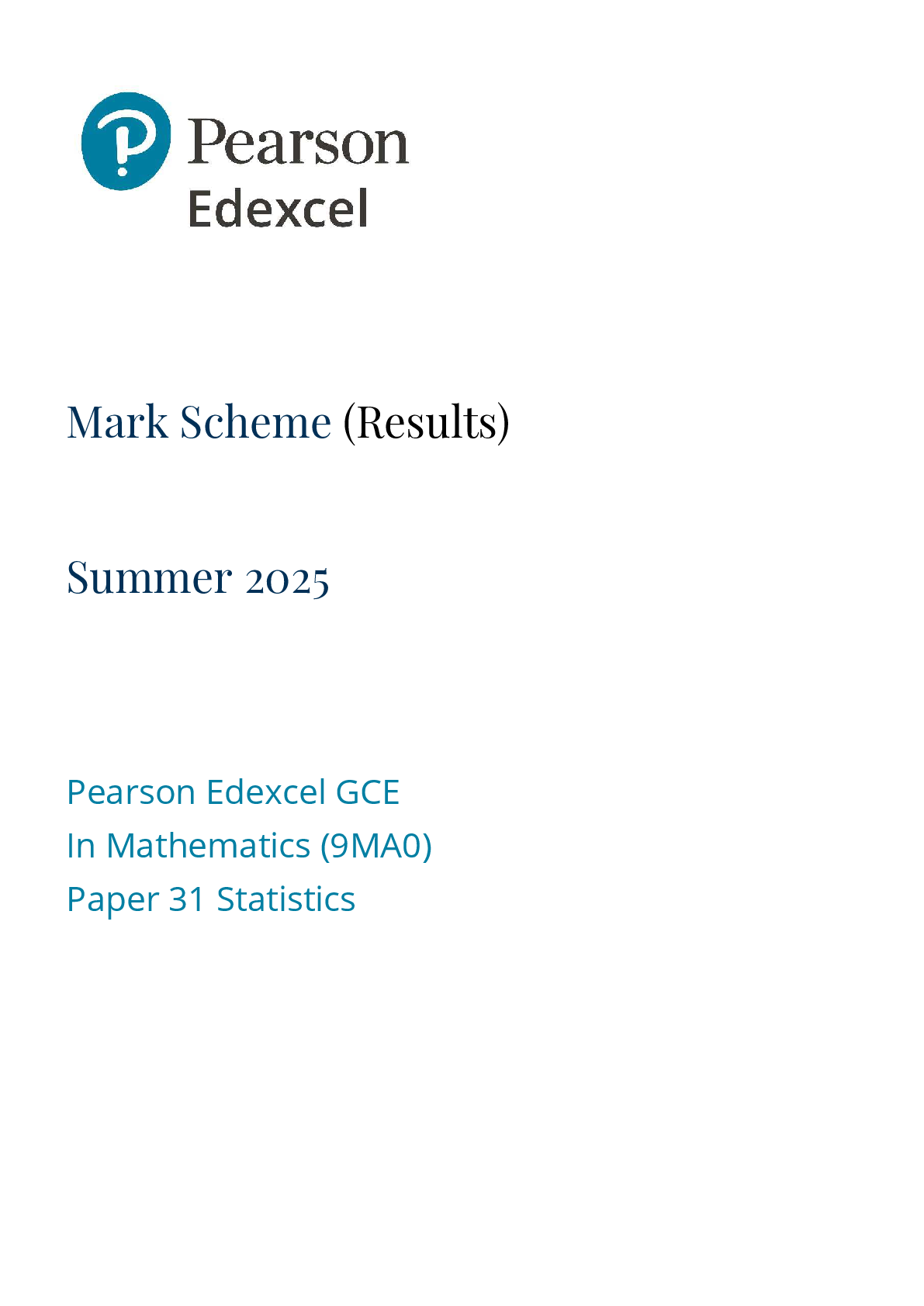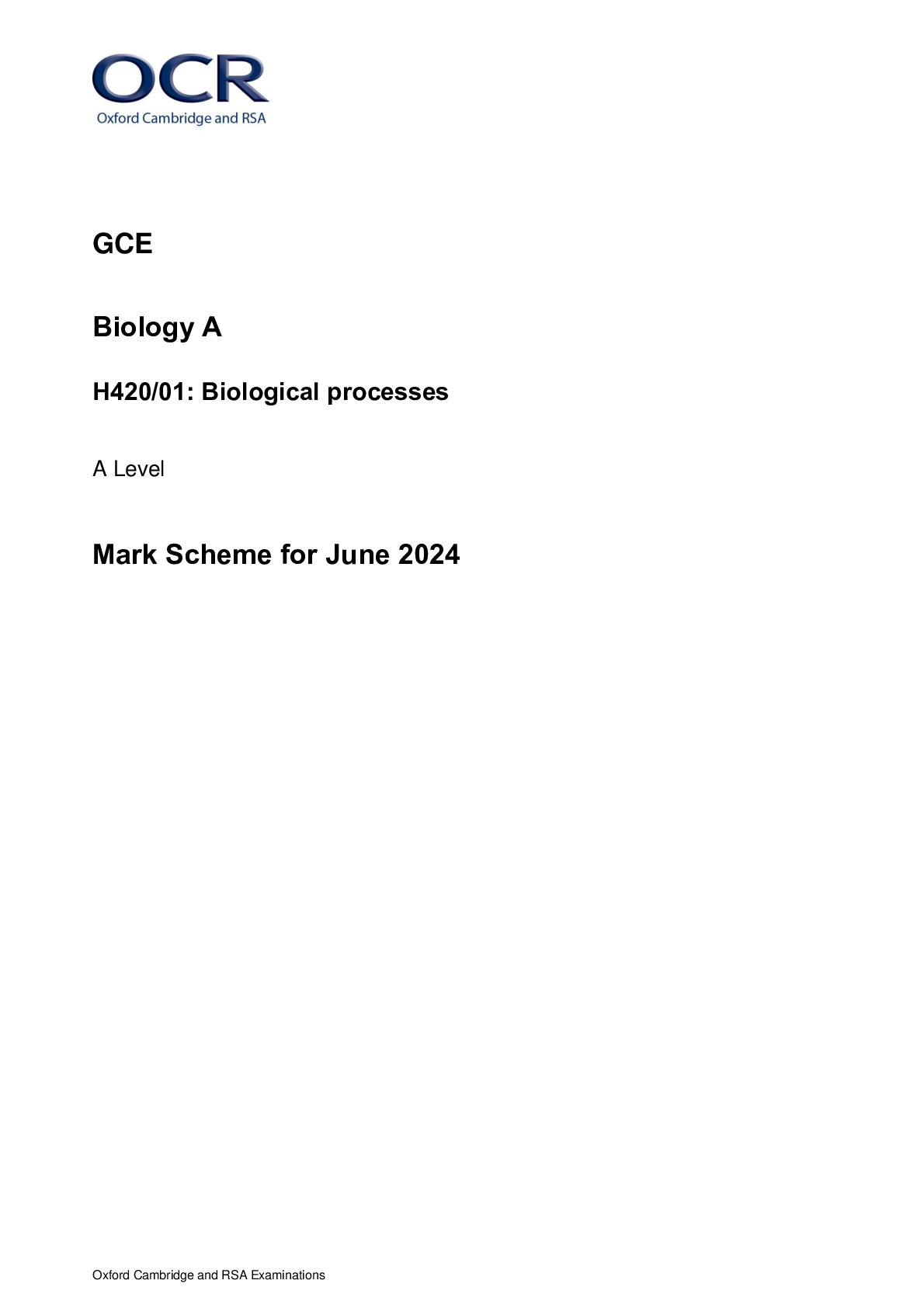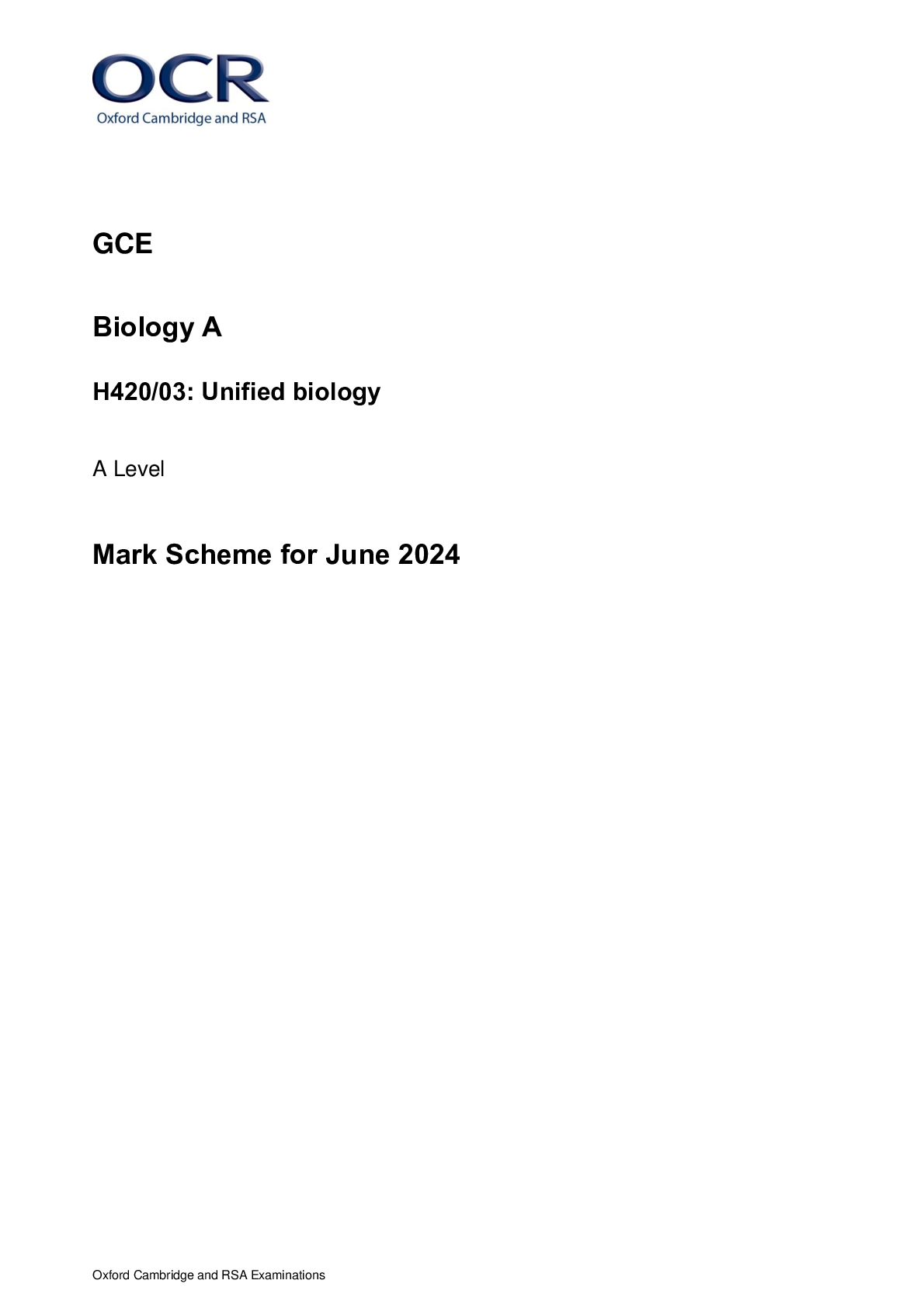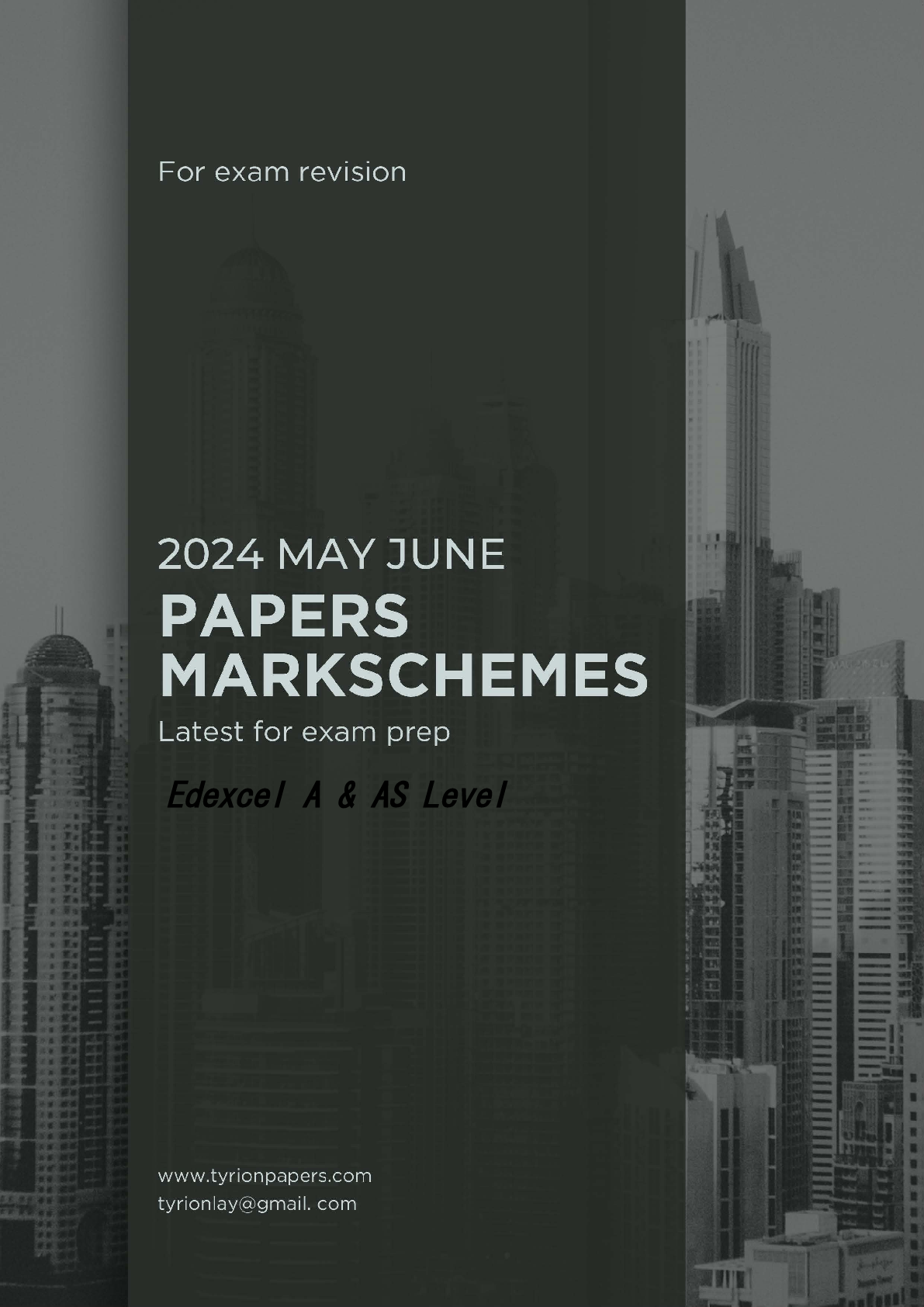Psychology > A-Level Mark Scheme > A Level PSYCHOLOGY 7182/2 Paper 2 Psychology in Context Mark Scheme June 2021 Final (All)
A Level PSYCHOLOGY 7182/2 Paper 2 Psychology in Context Mark Scheme June 2021 Final
Document Content and Description Below
A Level PSYCHOLOGY 7182-2 Paper 2 Psychology in Context Mark Scheme June 2021 Final / A Level PSYCHOLOGY 7182/2 Paper 2 Psychology in Context Mark Scheme June 2021 Final / A Level PSYCHOLOGY Paper ... 2 Psychology in Context Mark Scheme June 2021 Final A-level PSYCHOLOGY 7182/2 Paper 2 Psychology in context Mark scheme June 2021 Version: 1.0 Final Mark Scheme *216A7182/2/MS* MARK SCHEME – A-LEVEL PSYCHOLOGY – 7182/2 – JUNE 2021 2 Mark schemes are prepared by the Lead Assessment Writer and considered, together with the relevant questions, by a panel of subject teachers. This mark scheme includes any amendments made at the standardisation events which all associates participate in and is the scheme which was used by them in this examination. The standardisation process ensures that the mark scheme covers the students’ responses to questions and that every associate understands and applies it in the same correct way. As preparation for standardisation each associate analyses a number of students’ scripts. Alternative answers not already covered by the mark scheme are discussed and legislated for. If, after the standardisation process, associates encounter unusual answers which have not been raised they are required to refer these to the Lead Examiner. It must be stressed that a mark scheme is a working document, in many cases further developed and expanded on the basis of students’ reactions to a particular paper. Assumptions about future mark schemes on the basis of one year’s document should be avoided; whilst the guiding principles of assessment remain constant, details will change, depending on the content of a particular examination paper. Further copies of this mark scheme are available from aqa.org.uk Copyright information AQA retains the copyright on all its publications. However, registered schools/colleges for AQA are permitted to copy material from this booklet for their own internal use, with the following important exception: AQA cannot give permission to schools/colleges to photocopy any material that is acknowledged to a third party even for internal use within the centre. Copyright © 2021 AQA and its licensors. All rights reserved. MARK SCHEME – A-LEVEL PSYCHOLOGY – 7182/2 – JUNE 2021 3 Level of response marking instructions Level of response mark schemes are broken down into levels, each of which has a descriptor. The descriptor for the level shows the average performance for the level. There are marks in each level. Before you apply the mark scheme to a student’s answer read through the answer and annotate it (as instructed) to show the qualities that are being looked for. You can then apply the mark scheme. Step 1 Determine a level Start at the lowest level of the mark scheme and use it as a ladder to see whether the answer meets the descriptor for that level. The descriptor for the level indicates the different qualities that might be seen in the student’s answer for that level. If it meets the lowest level then go to the next one and decide if it meets this level, and so on, until you have a match between the level descriptor and the answer. With practice and familiarity, you will find that for better answers you will be able to quickly skip through the lower levels of the mark scheme. When assigning a level you should look at the overall quality of the answer and not look to pick holes in small and specific parts of the answer where the student has not performed quite as well as the rest. If the answer covers different aspects of different levels of the mark scheme you should use a best fit approach for defining the level and then use the variability of the response to help decide the mark within the level, ie if the response is predominantly level 3 with a small amount of level 4 material it would be placed in level 3 but be awarded a mark near the top of the level because of the level 4 content. Step 2 Determine a mark Once you have assigned a level you need to decide on the mark. The descriptors on how to allocate marks can help with this. The exemplar materials used during standardisation will help. Answers in the standardising materials will correspond with the different levels of the mark scheme. These answers will have been awarded a mark by the Lead Examiner. You can compare the student’s answer with the standardised examples to determine if it is the same standard, better or worse than the example. You can then use this to allocate a mark for the answer based on the Lead Examiner’s mark on the example. You may well need to read back through the answer as you apply the mark scheme to clarify points and assure yourself that the level and the mark are appropriate. Indicative content in the mark scheme is provided as a guide for examiners. It is not intended to be exhaustive and you must credit other valid points. Students do not have to cover all of the points mentioned in the indicative content to reach the highest level of the mark scheme. An answer which contains nothing of relevance to the question must be awarded no marks. MARK SCHEME – A-LEVEL PSYCHOLOGY – 7182/2 – JUNE 2021 4 Section A Approaches in psychology 0 1 Outline the way in which Pavlov studied classical conditioning. [4 marks] Marks for this question: AO1 = 4 Level Mark Description 2 3–4 Knowledge of Pavlov’s studies of classical conditioning is clear and generally well detailed. The answer is generally coherent with appropriate use of terminology. 1 1–2 Knowledge of Pavlov’s studies of classical conditioning is limited. The answer as a whole lacks clarity and has inaccuracies. Terminology is either absent or inappropriately used. 0 No relevant content. Possible content: • detail of Pavlov’s classical conditioning experiments into salivation reflex in dogs • knowledge of Pavlovian concepts in the context of Pavlov’s experiments: unconditioned stimulus; conditioned stimulus; unconditioned response; conditioned response • detail of Pavlovian theory – learning by association; temporal association/contiguity. Credit other relevant material. Note: information presented in a diagram can be credited. 0 2 What is meant by the term ecological validity? [2 marks] Marks for this question: AO1 = 2 2 marks for a clear and coherent explanation. 1 mark for a limited/muddled explanation. Possible content: • the extent to which behaviours observed and recorded in a study reflect the behaviours that actually occur in the real world. Credit other relevant material. MARK SCHEME – A-LEVEL PSYCHOLOGY – 7182/2 – JUNE 2021 5 0 3 Using your knowledge of genotype and phenotype, explain Lily’s and Jemima’s comments. [4 marks] Marks for this question: AO2 = 4 Level Mark Description 2 3–4 Application of knowledge of the genotype and phenotype is clear and mostly accurate. The answer is generally coherent with effective use of terminology. 1 1–2 Some application of the genotype and phenotype is evident. The answer lacks accuracy and detail. Use of terminology is either absent or inappropriate. 0 No relevant content. Possible content: • Lily and Jemima have identical genotypes (genotype refers to the genetic make-up of an individual) • Lily and Jemima do not have identical phenotypes (phenotype refers to the observable characteristics of an individual as a result of their genotype and their environment) • although Lily and Jemima have the same genes, Jemima might practice netball more or have started lessons earlier than Lily, these environmental factors may make her better at netball • although Lily and Jemima have the same genes, Jemima might have a different skin care routine/diet/sun exposure/etc than Lily, these environmental factors may make her skin clearer than Lily’s. MARK SCHEME – A-LEVEL PSYCHOLOGY – 7182/2 – JUNE 2021 6 0 4 Use your knowledge of two types of reinforcement to suggest how Lily and Jemima could train their rat to come to the cage door when they open it. [6 marks] Marks for this question AO2 = 4 and AO3 = 2 Level Mark Description 3 5–6 Application of knowledge of two types of reinforcement to training the rat is clear and effective. The answer is generally coherent with appropriate use of terminology. 2 3–4 Application of knowledge of type(s) of reinforcement to training the rat is evident and mostly effective. The answer lacks clarity in places. Terminology is used appropriately on occasions. OR one type of reinforcement at level 3. 1 1–2 Application of knowledge of type(s) of reinforcement to training the rat is limited or inappropriate. The answer as a whole lacks clarity and has inaccuracies. Terminology is either absent or inappropriately used. OR one type of reinforcement at level 1/2. 0 No relevant content. Possible content: • positive reinforcement – when Lily/Jemima open the cage door they can give the rat treats like chocolate drops for coming to the cage door when they open it. This will make the rat more likely to come to the door the next time they open the cage • negative reinforcement – have something unpleasant like spraying the rat with water or playing loud music/alarm and then stop this when the rat comes to the door so that over time when they open the cage the rat will be more likely to come to the door • schedules of reinforcement – applied to training Lily and Jemima’s rat. Credit also answers based on vicarious reinforcement if given in an appropriate context. Credit other relevant material. MARK SCHEME – A-LEVEL PSYCHOLOGY – 7182/2 – JUNE 2021 7 0 5 Compare the humanistic approach with the psychodynamic approach. [8 marks] Marks for this question: AO1 = 3 and AO3 = 5 Possible comparisons: • determinism – the humanistic approach assumes people have free choice over their behaviour, whereas the psychodynamic approach assumes that behaviour is determined by unconscious factors (beyond conscious control) • nature/nurture – the humanistic approach assumes behaviour is affected by desire to self-actualise (nature) and our experience can provide barriers to this through conditions of worth and varying experience of conditional positive regard (nurture). Likewise, the psychodynamic approach assumes behaviour is driven by unconscious forces, eg id/ego/superego dynamics (nature) but our coping mechanisms such as defence mechanisms arise from experience (nurture) • methodology – both are much less scientific than other approaches (but the psychodynamic approach assumes that some aspects of behaviour can be investigated scientifically) • therapy – Rogers believed that counselling (utilising unconditional positive regard) can be used to help clients solve their problems, overcome conditions of worth and enable their potential for self-actualisation, whereas Freud believed that psychoanalysis can lead to improvements in clients through psychotherapy. Credit other relevant material. Level Marks Description 4 7–8 Comparison of the humanistic and psychodynamic approaches is thorough and effective. Minor detail and/or expansion of argument is sometimes lacking. The answer is clear, coherent and focused. Specialist terminology is used effectively. 3 5–6 Comparison of the humanistic and psychodynamic approaches is mostly effective but there are occasional inaccuracies/omissions. The answer is mostly clear and organised but occasionally lacks focus. Specialist terminology is used appropriately. 2 3–4 Comparison of the humanistic and psychodynamic approaches is of limited effectiveness. The answer lacks clarity, accuracy and organisation in places. Specialist terminology is used inappropriately on occasions. 1 1–2 Comparison of the humanistic and psychodynamic approaches is very limited. The answer as a whole lacks clarity, has many inaccuracies and is poorly organised. Specialist terminology is either absent or inappropriately used. 0 No relevant content. MARK SCHEME – A-LEVEL PSYCHOLOGY – 7182/2 – JUNE 2021 8 Section B Biopsychology 0 6 Describe the structure and function of a neuron. [6 marks] Marks for this question: AO1 = 6 Level Marks Description 3 5–6 Description is clear, accurate and detailed. Specialist terminology is used effectively. 2 3–4 Description is mostly clear but lacks detail in places. There is some appropriate use of specialist terminology. OR only structure/only function of a neuron at level 3. 1 1–2 Description is limited/muddled. The answer lacks clarity and accuracy. Specialist terminology is either absent or inappropriately used. OR only structure/only function of a neuron at level 1/2. 0 No relevant content. Possible content: • Neurons enable communication within the nervous system • the cell body (soma) contains the genetic material • branch-like dendrites extend from the cell body (often with dendritic spines) • dendrites carry functional information towards the cell body • dendrites can receive information from other neurons • axons carry messages away from the cell body • axons can be myelinated to increase speed of nerve transmission (saltatory conduction between nodes of Ranvier) • terminal boutons are at the end of axons, these make synaptic connections with other cells • axon terminals contain neurotransmitters. Credit other relevant material. Note: credit references to structure and function of specific neurons (sensory, motor and relay). Note: information presented in a diagram can be credited. MARK SCHEME – A-LEVEL PSYCHOLOGY – 7182/2 – JUNE 2021 9 0 7 Outline the difference in function between Broca’s area and Wernicke’s area. [2 marks] Marks for this question: AO1 = 2 2 marks for a clear and coherent answer. 1 mark for a limited/muddled answer. Possible content: • Broca’s area is responsible for speech production whereas Wernicke’s area is responsible for language comprehension • Broca’s area enables speech to be fluent whereas Wernicke’s area enables speech to be meaningful. Credit other relevant material. Note: do not credit structural differences. MARK SCHEME – A-LEVEL PSYCHOLOGY – 7182/2 – JUNE 2021 10 0 8 Discuss ways of studying the brain. [16 marks] Marks for this question: AO1 = 6 and AO3 = 10 Level Marks Description 4 13–16 Knowledge of ways of studying the brain is accurate and generally well detailed. Discussion is thorough and effective. Minor detail and/or expansion of argument is sometimes lacking. The answer is clear, coherent and focused. Specialist terminology is used effectively. 3 9–12 Knowledge of ways of studying the brain is evident but there are occasional inaccuracies/omissions. Discussion is mostly effective. The answer is mostly clear and organised but occasionally lacks focus. Specialist terminology is used appropriately. 2 5–8 Limited knowledge of ways of studying the brain is present. Focus is mainly on description. Any discussion is of limited effectiveness. The answer lacks clarity, accuracy and organisation in places. Specialist terminology is used inappropriately on occasions. 1 1–4 Knowledge of ways of studying the brain is very limited. Discussion is limited, poorly focused or absent. The answer as a whole lacks clarity, has many inaccuracies and is poorly organised. Specialist terminology is either absent or inappropriately used. 0 No relevant content. Possible content: • post-mortem examinations study the brain after death to try and correlate structural abnormalities to behavioural changes • EEGs use electrodes fixed to a participant’s scalp which detect neuronal activity directly below where they are placed • ERPs use electrodes fixed to a participant’s scalp to detect neuronal activity in response to a stimulus introduced by the researcher • fMRI use magnetic field and radio waves to detect changes in blood oxygenation and flow as a result of neural activity. It gives a moving picture of the brain; activity in regions of interest can be compared between a specific activity and a baseline task. Possible discussion: • fMRI data is complex and can be affected by the baseline task used and how the data is interpreted • fMRIs have low temporal resolution and research is expensive leading to low sample sizes which can reduce the validity of studies • post-mortem examinations require special permission to be conducted which often leads to small sample sizes • post-mortem examinations can be affected by changes which occur during/after death • post-mortem examinations enable deeper regions of the brain to be investigated than non-invasive techniques • EEGs and ERPs are cheaper than fMRIs so enable larger sample sizes which can increase the validity of the data obtained • EEGs and ERPs have poorer spatial resolution than fMRIs MARK SCHEME – A-LEVEL PSYCHOLOGY – 7182/2 – JUNE 2021 11 • unlike post-mortem examinations, neuroimaging techniques allow the active brain to be investigated during specific tasks/activities • research studies used to evaluate techniques described. Credit other relevant material. Note: discussion of alternative ways of studying the brain (such as lesion studies or CAT/PET scans) can also be credited. MARK SCHEME – A-LEVEL PSYCHOLOGY – 7182/2 – JUNE 2021 12 Section C Research methods 0 9 Which of the following best describes the experimental method used in this study? [1 mark] Marks for this question: AO2 = 1 A – Field experiment 1 0 Write a directional hypothesis the researcher might use for this study. [3 marks] Marks for this question: AO2 = 3 3 marks for an appropriate, clear and coherent directional operationalised hypothesis. 2 marks for an unclear statement with both conditions of the IV and a DV operationalised OR an appropriate and clear statement with both conditions of the IV and DV but with only one variable operationalised. 1 mark for an unclear statement with the DV and both conditions of the IV. 0 marks for expressions of aim/questions/correlational/null/non-directional hypotheses or statements with only one condition of the IV present. Possible content: • students will give a higher rating of how well rested they felt when they saw good sleep data rather than poor sleep data. Accept alternative wording. 1 1 Which of the following best describes the sampling method used in this study? [1 mark] Marks for this question: AO2 = 1 D – Volunteer sampling MARK SCHEME – A-LEVEL PSYCHOLOGY – 7182/2 – JUNE 2021 13 1 2 Explain one strength and one limitation of using this sampling method in this study. [4 marks] Marks for this question: AO2 = 4 For each strength/limitation award: 2 marks for a clear, coherent strength/limitation with appropriate elaboration in the context of the study. 1 mark for a limited or muddled strength/limitation. Possible content: • one strength is that students will be happy and willing to participate so will be more likely to complete the daily sleep questionnaire • one strength is that it is not a time-consuming method/minimal input from the researcher as the psychologist only puts up a poster at the university and waits for students to volunteer • one limitation is that it would provide a biased sample as it would only include psychology students at one particular university which would not necessarily reflect the population as they are all of a similar age/academic level • one limitation is that the sample may be biased as the type of student who volunteers may have differing traits to the general population, for example they may be more extrovert. Credit other relevant material. Note - If an incorrect answer is given in question 11, credit can still be awarded for the relevant strength and limitation of the sampling method they have selected. 1 3 Explain one strength of collecting quantitative data in this study. [2 marks] Marks for this question: AO2 = 2 2 marks for a clear and coherent strength of collecting quantitative data in this study. 1 mark for a limited/muddled strength. Possible content: • would enable the researcher to easily analyse the sleep data • would enable the researcher to perform a statistical test to enable conclusions about how beliefs about sleep affect feelings of restedness. Credit other relevant material. MARK SCHEME – A-LEVEL PSYCHOLOGY – 7182/2 – JUNE 2021 14 1 4 Explain one way in which the researcher might deal with the deception in this study. [2 marks] Marks for this question: AO2 = 2 2 marks for a clear, coherent way in which the researcher could deal with the issue of deception with appropriate elaboration in the context of the study. 1 mark for a limited or muddled way in which the researcher could deal with the issue of deception. Possible content: • at the end of the study students should be given a full debrief where they are made aware that the sleep data provided was manipulated once students had been informed that the sleep data had been manipulated, they should be given the right to withdraw their data if they would like to. Credit other relevant material. 1 5 Explain one reason why the researcher decided to include these additional questions on the questionnaire. [2 marks] Marks for this question: AO2 = 2 2 marks for a clear and coherent reason why the psychologist decided to include additional questions on the questionnaire. 1 mark for a limited/muddled explanation. Possible content: • additional questions distract the students from realising that the focus of the study was on their perceived quality of sleep (rating scale 1-10) • students would be less likely to alter their ratings about their sleep quality, reducing demand characteristics (improving validity). Credit other relevant material. MARK SCHEME – A-LEVEL PSYCHOLOGY – 7182/2 – JUNE 2021 15 1 6 Explain one limitation of assessing sleep quality using a rating scale of 1–10. [2 marks] Marks for this question: AO2 = 2 2 marks for a clear and coherent limitation of assessing sleep quality using a rating scale. 1 mark for a limited/muddled explanation. Possible content: • sleep quality is subjective and so may be interpreted differently by each student • a rating of 3, for example, might mean something different for different students • students are not able to explain their rating. Credit other relevant material. 1 7 Suggest one other extraneous variable that could have affected the results of this study. Explain why it would have been important to control this extraneous variable and how it could have been controlled in this study. [4 marks] Marks for this question: AO3 = 4 Level Marks Description 2 3–4 The suggestion and explanation are clear and appropriate, showing sound understanding of how to identify and control extraneous variables. The material is applied appropriately. There is effective use of terminology. 1 1–2 The suggestion and explanation show some understanding of how to identify and control extraneous variables. Application is not always effective. The answer lacks clarity and coherence. Use of terminology is either absent or inappropriate. 0 No relevant content. Possible content: • delay between waking and responding to the questionnaire – phone battery ran out/they took a shower/etc before completing the questionnaire, they may feel more awake so pay greater attention to the sleep data (increasing the impact of the IV on the DV). Control – ask students to keep phones on charge overnight/asked to complete questionnaire immediately upon waking/before getting up • consumption of alcohol/caffeine prior to sleep – this may make students feel worse in the morning making them give a lower rating regardless of the sleep tracker data (decreasing validity). Control – tell students not to consume any stimulants/depressants in the evenings of the study. Credit other relevant suggestions and explanations. Note: do not credit answers identifying actual number of hours slept as the extraneous variable. Note: this is a repeated measures study. MARK SCHEME – A-LEVEL PSYCHOLOGY – 7182/2 – JUNE 2021 16 1 8 Outline one reason why it was appropriate to conduct a correlation rather than an experiment in this case. [2 marks] Marks for this question: AO2 = 2 2 marks for a clear and coherent reason with some relevant elaboration in the context of this study. 1 mark for a limited/muddled reason. Possible content: • it would be difficult to dictate the number of hours the students should sleep • it may be more ethical to conduct a correlation rather than restrict how many hours each student slept. Credit other appropriate reasons. 1 9 Describe how the researcher could have used random sampling to obtain the students for this study. [3 marks] Marks for this question: AO2 = 3 Award 1 mark for each bullet point: • collect the names of all the 1st year students at the researcher’s university • put all the students’ names into a hat/computer random name generator • select a name in an unbiased manner to include as students in the experiment, repeat this until 18 names have been selected. 2 0 Explain why Spearman’s rho was a suitable test for this study. Refer to the description of the study in your answer. [4 marks] Marks for this question: AO2 = 4 Award 2 marks for each bullet point: • correlational hypothesis (1 mark) as the researcher is investigating the relationship between the number of hours slept and how well rested the students feel (1 mark) • ordinal data (1 mark) as they are using an arbitrary scale of 1–5 to assess how well rested the students feel/not a universal or standardised measure (subjective) of how well rested the students feel but can be ranked (1 mark). MARK SCHEME – A-LEVEL PSYCHOLOGY – 7182/2 – JUNE 2021 17 2 1 Identify the appropriate critical value from Table 1. Explain your choice. [4 marks] Marks for this question: AO2 = 4 Award 1 mark for each bullet point: • the critical value is 0.401 (accept value identified in table) • the hypothesis is directional/it is a one-tailed test • there are 18 participants so N=18 • the level of significance is 0.05. 2 2 Explain whether the researcher’s hypothesis should be accepted. Refer to the critical value identified in Question 21 in your answer. [2 marks] Marks for this question: AO2 = 2 Award 1 mark for each bullet point: • the researcher’s hypothesis should not be accepted (as the result is not significant) • because the calculated value of rho (0.395) is less than the critical value (0.401). Note: if students have identified the critical value incorrectly as lower than the calculated value in Q21, to gain the first bullet point they should state that the researcher’s hypothesis should be accepted (as the calculated value of rho is greater than the critical value identified). 2 3 Explain why the researcher decided to use the 5% level of significance rather than the 1% level in this study. [2 marks] Marks for this question: AO2 = 2 2 marks for a clear and coherent explanation with some relevant elaboration in the context of this study. 1 mark for a limited/muddled explanation. Possible content: • the 5% level of significance is the conventional level of probability employed by psychologists/balances the risks of making a Type I and Type II error • the researcher is investigating the relationship between numbers of hours slept and how well rested participants feel, this is not a sensitive topic nor one which may affect individual’s health (as in clinical trials). MARK SCHEME – A-LEVEL PSYCHOLOGY – 7182/2 – JUNE 2021 18 2 4 Explain what is meant by a Type II error in the context of this study. [2 marks] Marks for this question: AO2 = 2 2 marks for a clear and coherent explanation with some relevant elaboration in the context of this study. 1 mark for a limited/muddled explanation. Content: • when the researcher accepts there is no correlation between the number of hours slept and how well rested they felt (null hypothesis) even though the alternative hypothesis is correct • when the researcher believes the relationship between the number of hours slept and how well rested they felt is not significant when it is (false negative). MARK SCHEME – A-LEVEL PSYCHOLOGY – 7182/2 – JUNE 2021 19 2 5 Discuss features of science. Refer to one or more examples of psychological research in your answer. [8 marks] Marks for this question: AO1 = 3, AO2 = 3 and AO3 = 2 Level Marks Description 4 7–8 Knowledge of the features of science is accurate with some detail. Application and discussion is effective. Minor detail and/or expansion of argument is sometimes lacking. The answer is clear, coherent and focused. Specialist terminology is used effectively. 3 5–6 Knowledge of the features of science is evident but there are occasional inaccuracies/omissions. There is some appropriate application/discussion. The answer is mostly clear and organised but occasionally lacks focus. Specialist terminology is used appropriately. 2 3–4 Limited knowledge of the features of science is present. Focus is mainly on description. Any application/discussion is of limited effectiveness. The answer lacks clarity, accuracy and organisation in places. Specialist terminology is used inappropriately on occasions. 1 1–2 Knowledge of the features of science is very limited. Application/discussion is limited, poorly focused or absent. The answer as a whole lacks clarity, has many inaccuracies and is poorly organised. Specialist terminology is either absent or inappropriately used. 0 No relevant content. Possible content: • objectivity and the empirical method • replicability and falsifiability • theory construction and hypothesis testing • paradigms and paradigm shifts. Possible application/discussion: • use of research studies/theories/approaches to discuss the features of science • comparison of approaches to discuss features of science, eg Freud’s psychodynamic approach is unfalsifiable • difficulties of the subjective nature of psychological investigations • prevalent paradigms, eg behaviourism in 1920s onwards, 1970s paradigm shift – the cognitive revolution. Credit other relevant material. [Show More]
Last updated: 3 years ago
Preview 1 out of 19 pages

Buy this document to get the full access instantly
Instant Download Access after purchase
Buy NowInstant download
We Accept:

Reviews( 0 )
$7.50
Can't find what you want? Try our AI powered Search
Document information
Connected school, study & course
About the document
Uploaded On
Jul 06, 2022
Number of pages
19
Written in
All
Additional information
This document has been written for:
Uploaded
Jul 06, 2022
Downloads
0
Views
81


